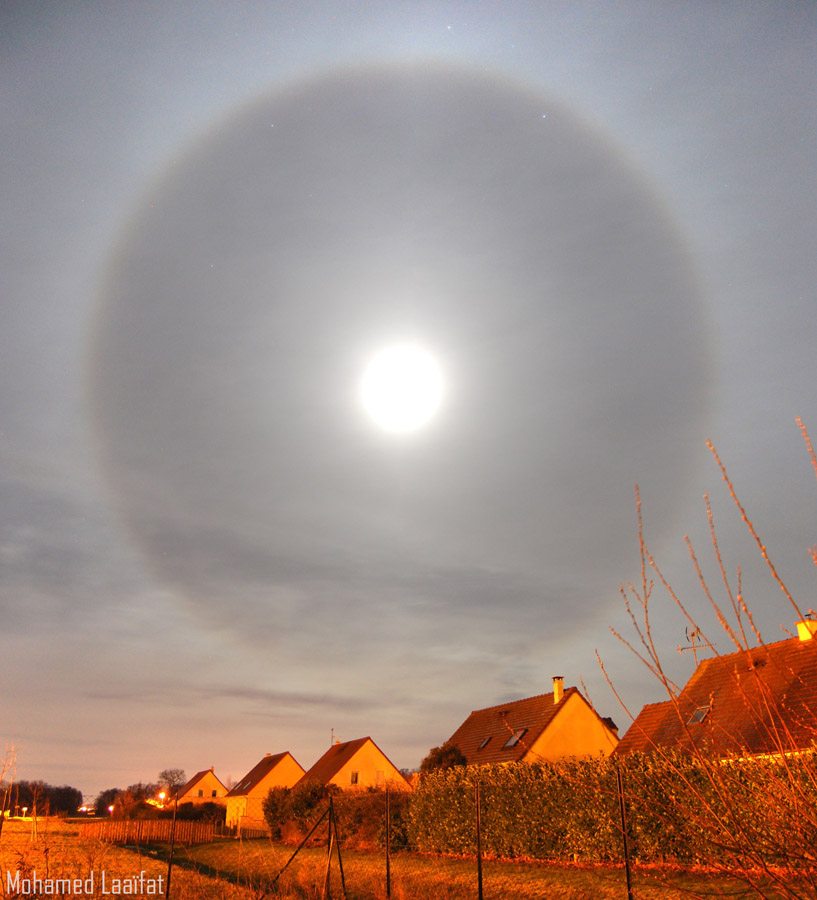Difference between revisions of "February 18, 2014"
| Line 1: | Line 1: | ||
__NOTOC__ | __NOTOC__ | ||
=Sky Magic= | =Sky Magic= | ||
| − | |||
<!-- ws:start:WikiTextHeadingRule:0:<h1> --> | <!-- ws:start:WikiTextHeadingRule:0:<h1> --> | ||
<!-- ws:start:WikiTextLocalImageRule:6:<img src="/file/view/LPOD-Feb18-14.jpg/490110494/LPOD-Feb18-14.jpg" alt="" title="" /> -->[[File:LPOD-Feb18-14.jpg|LPOD-Feb18-14.jpg]]<!-- ws:end:WikiTextLocalImageRule:6 --><br /> | <!-- ws:start:WikiTextLocalImageRule:6:<img src="/file/view/LPOD-Feb18-14.jpg/490110494/LPOD-Feb18-14.jpg" alt="" title="" /> -->[[File:LPOD-Feb18-14.jpg|LPOD-Feb18-14.jpg]]<!-- ws:end:WikiTextLocalImageRule:6 --><br /> | ||
| − | <em>image by [mailto:laaifatmohamed@hotmail.fr Mohamed Laaifat], Normandy, France</em><br /> | + | <em>image by [mailto:laaifatmohamed@hotmail.fr" rel="nofollow Mohamed Laaifat], Normandy, France</em><br /> |
<br /> | <br /> | ||
| − | For ten years we lived in North Dakota. We were in the flat eastern section with little scenery except for the sky. Sunsets were often wonderful, and the galaxy could be glimpsed from within town, but it was auroras that taught me how the sky could interact with humans. Not the little red or green northern glows, but the sky-filling displays of pulsating colors. On stepping innocently outside and looking up at such a phantasmagoria, the first response was fear. What in the world is going on? It is unnatural to see the entire sky awash with curtains of color that rise and fall and move sideways, colors always shifting. The sky should be stable, with stars and planets in their places, moving only on a nightly basis, delightfully enlivened by an occasional shooting star. But the sky should not be everywhere dancing a mad fandango. It is easy to understand why earlier peoples considered that the auroral gymnastics must be due to a deity, one who was upset. Mohamed's image of a perfect lunar halo evokes a little of that unease, especially for a [http://www.telegraph.co.uk/news/worldnews/northamerica/usa/10640518/One-in-four-Americans-do-not-know-the-Earth-circles-the-Sun.html scientifically primitive population]. Many observant people have seen halos before but the rings are uncommon and unexpected, and not quite understand by many. Sky-filling auroras, rainbows and lunar halos are each atypical sky phenomena that delight, and maybe make us tingle with anxiety a little.<br /> | + | For ten years we lived in North Dakota. We were in the flat eastern section with little scenery except for the sky. Sunsets were often wonderful, and the galaxy could be glimpsed from within town, but it was auroras that taught me how the sky could interact with humans. Not the little red or green northern glows, but the sky-filling displays of pulsating colors. On stepping innocently outside and looking up at such a phantasmagoria, the first response was fear. What in the world is going on? It is unnatural to see the entire sky awash with curtains of color that rise and fall and move sideways, colors always shifting. The sky should be stable, with stars and planets in their places, moving only on a nightly basis, delightfully enlivened by an occasional shooting star. But the sky should not be everywhere dancing a mad fandango. It is easy to understand why earlier peoples considered that the auroral gymnastics must be due to a deity, one who was upset. Mohamed's image of a perfect lunar halo evokes a little of that unease, especially for a [http://www.telegraph.co.uk/news/worldnews/northamerica/usa/10640518/One-in-four-Americans-do-not-know-the-Earth-circles-the-Sun.html" rel="nofollow scientifically primitive population]. Many observant people have seen halos before but the rings are uncommon and unexpected, and not quite understand by many. Sky-filling auroras, rainbows and lunar halos are each atypical sky phenomena that delight, and maybe make us tingle with anxiety a little.<br /> |
<br /> | <br /> | ||
| − | <em>[mailto:tychocrater@yahoo.com Chuck Wood]</em><br /> | + | <em>[mailto:tychocrater@yahoo.com" rel="nofollow Chuck Wood]</em><br /> |
<br /> | <br /> | ||
<strong>Technical Details</strong><br /> | <strong>Technical Details</strong><br /> | ||
| Line 14: | Line 13: | ||
<br /> | <br /> | ||
<strong>Related Links</strong><br /> | <strong>Related Links</strong><br /> | ||
| − | The [http://www.atoptics.co.uk/fz342.htm most spectacular] lunar halo?<br /> | + | The [http://www.atoptics.co.uk/fz342.htm" rel="nofollow most spectacular] lunar halo?<br /> |
<br /> | <br /> | ||
<hr /> | <hr /> | ||
Revision as of 21:56, 4 January 2015
Sky Magic

image by " rel="nofollow Mohamed Laaifat, Normandy, France
For ten years we lived in North Dakota. We were in the flat eastern section with little scenery except for the sky. Sunsets were often wonderful, and the galaxy could be glimpsed from within town, but it was auroras that taught me how the sky could interact with humans. Not the little red or green northern glows, but the sky-filling displays of pulsating colors. On stepping innocently outside and looking up at such a phantasmagoria, the first response was fear. What in the world is going on? It is unnatural to see the entire sky awash with curtains of color that rise and fall and move sideways, colors always shifting. The sky should be stable, with stars and planets in their places, moving only on a nightly basis, delightfully enlivened by an occasional shooting star. But the sky should not be everywhere dancing a mad fandango. It is easy to understand why earlier peoples considered that the auroral gymnastics must be due to a deity, one who was upset. Mohamed's image of a perfect lunar halo evokes a little of that unease, especially for a " rel="nofollow scientifically primitive population. Many observant people have seen halos before but the rings are uncommon and unexpected, and not quite understand by many. Sky-filling auroras, rainbows and lunar halos are each atypical sky phenomena that delight, and maybe make us tingle with anxiety a little.
" rel="nofollow Chuck Wood
Technical Details
Feb. 16, 2014. Camera + intelligent observer.
Related Links
The " rel="nofollow most spectacular lunar halo?



